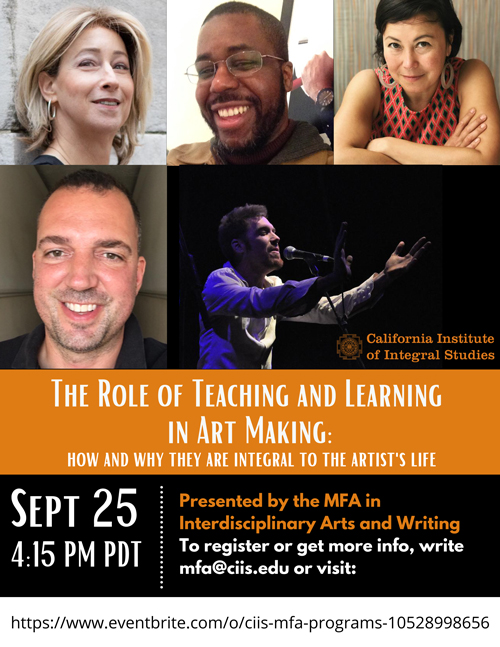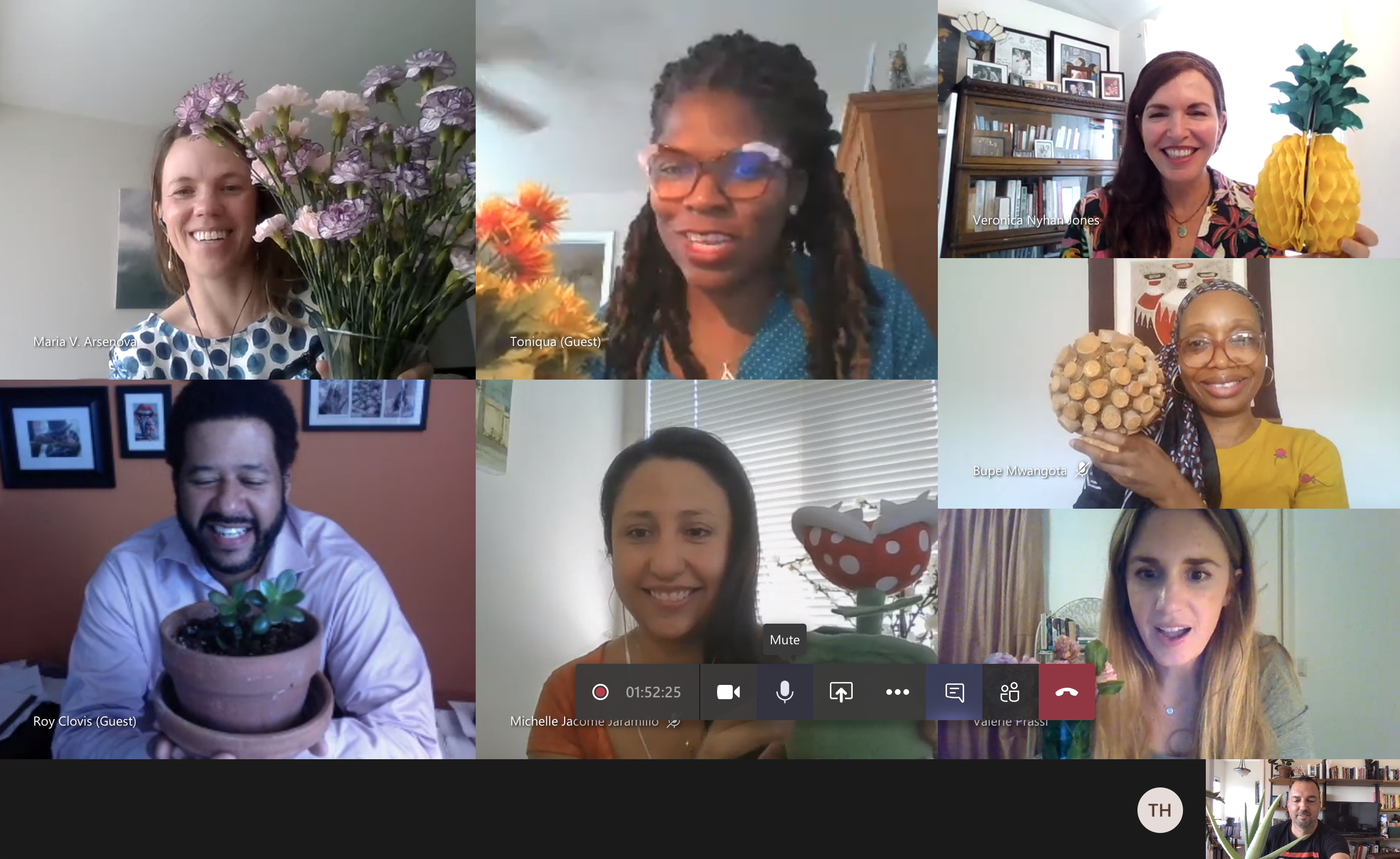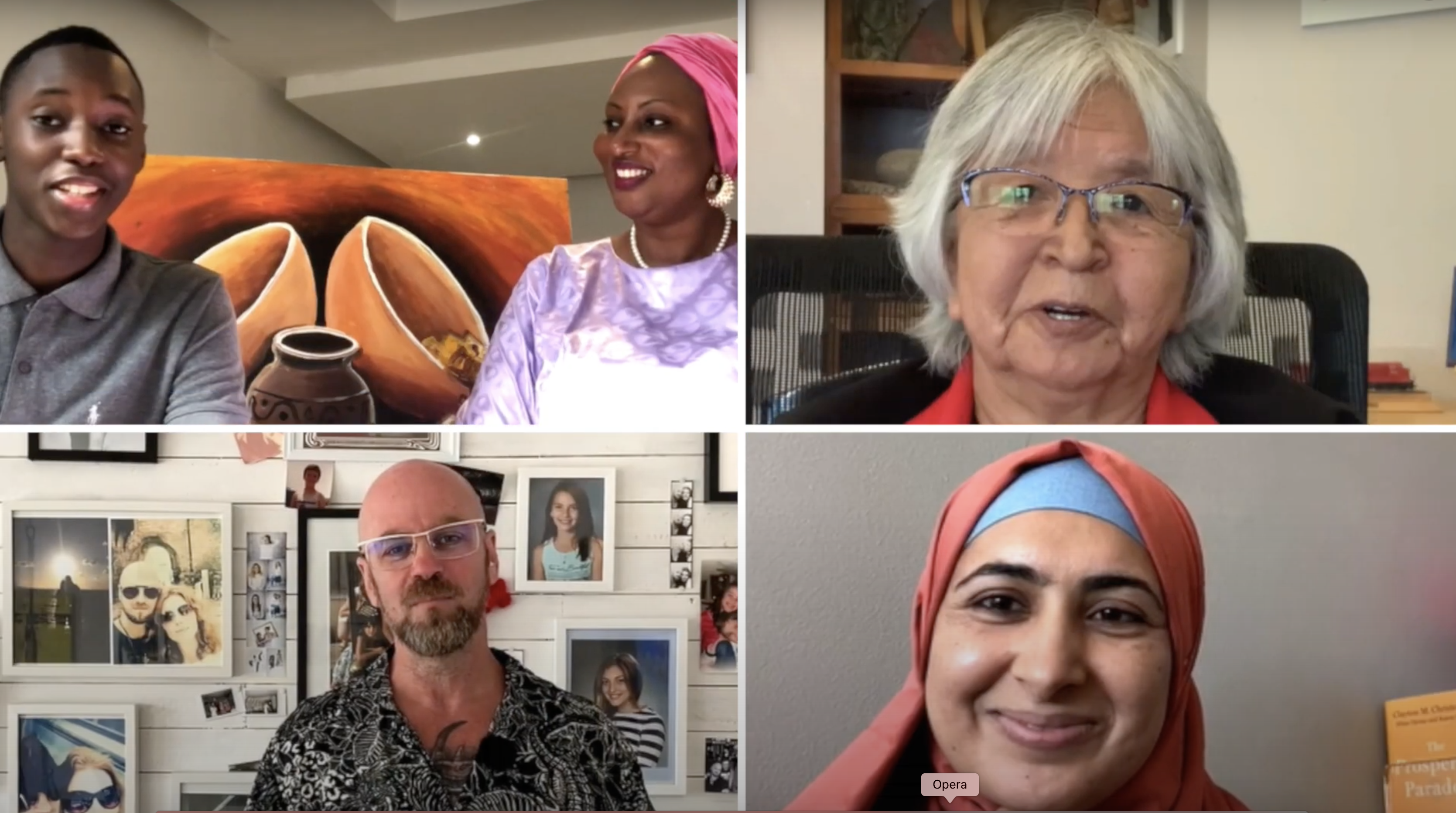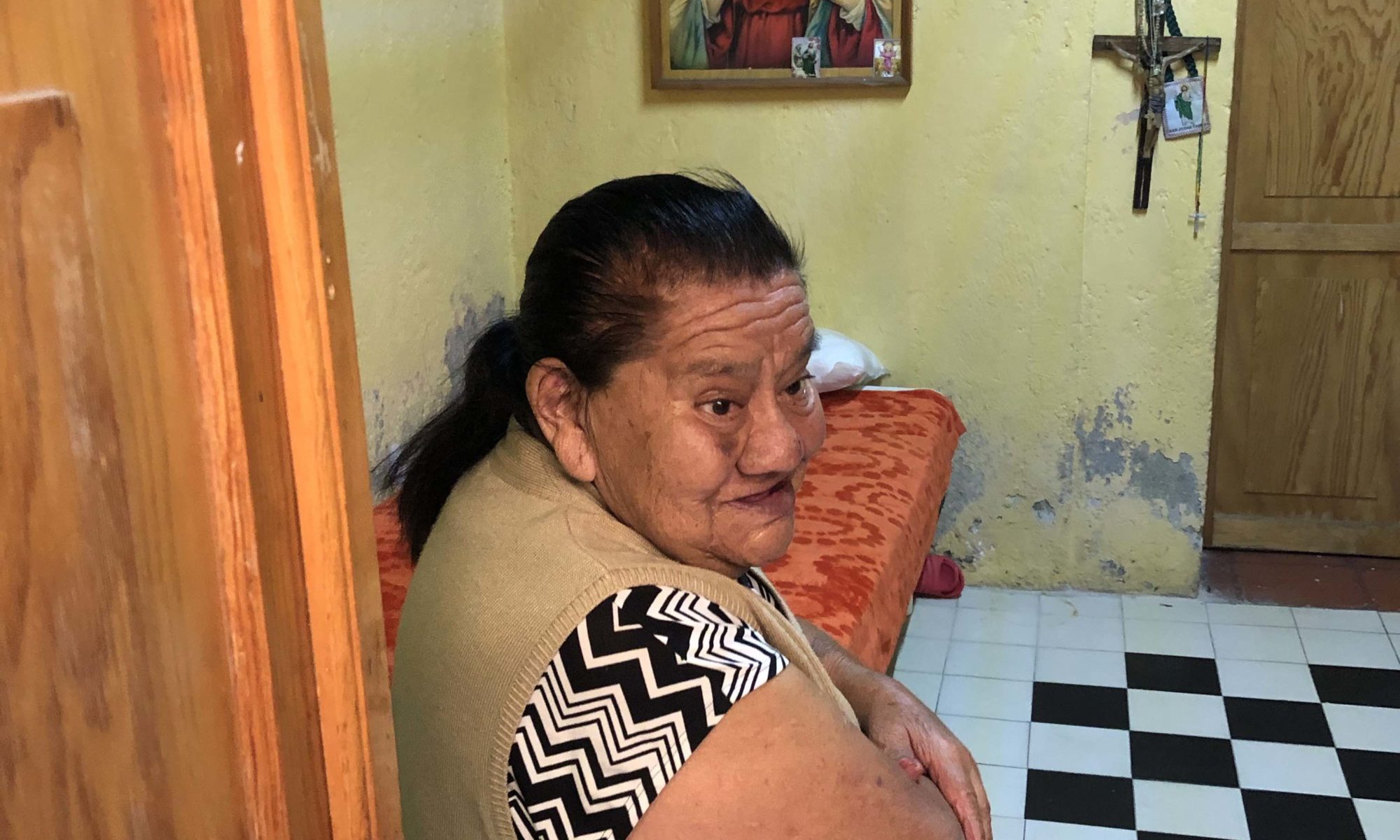
My First Podcast: Art and Survival
Here it is, at long last. A series of talks that my partner in crime, Carolyn Cooke, and I organized in the Spring at the start of COVID at the California Institute of Integral Studies. The talks now immortalized into a series of podcasts: Art and Survival. Enjoy!
The Role of Teaching and Learning in Art Making: 25 September, 2020
IFC Sustainability Virtual Exchange Wrap-Up
Just go through the wrap up from our IFC Virtual Exchange 2020. I was one of the executive producers and we shared lessons learned with colleagues.
Creating the event was a thrilling experience: pulling together 80 speaks, over 100 video segments, production teams on three continents. The response has been overwhelming: 6,000 + participant viewers from 140 countries, 35M social media impression. Here’s the recap video and our core team with a Tik Tok flower gag.

The IFC Sustainability Exchange: 17 June, 2020
An event I executive produced. Check it out!
Art and Survival: Writers and Artists Working Through a Pandemic, Session 3

May 27, 2020
CIIS, San Francisco, CA (Virtual Workshop)
Art and Survival: Writers and Artists Working Through a Pandemic, Session 3
Art and Survival: Writers and Artists Working Through a Pandemic, Session 2

May 20, 2020
CIIS, San Francisco, CA (Virtual Workshop)
Art and Survival: Writers and Artists Working Through a Pandemic, Session 2
Art and Survival: Writers and Artists Working Through a Pandemic, Session 1

May 13, 2020
CIIS, San Francisco, CA (Virtual Workshop)
Art and Survival: Writers and Artists Working Through a Pandemic, Session 1
Mexico City Elderly Sex Workers
Just back from a trip to Mexico City trip, spending time at a home for elderly sex workers. Went with a friend George, and met there Claudia, co-directors of an extraordinary documentary about these women: The Ugly Doll / La Muñeca Fea https://www.amazon.com/Ugly-Doll-Muñeca-Fea/dp/B07FCSKR5F.
Mexico City was amazing – a kind of paradise: green and sprawling and full of boulevards and garden walkways, buildings collapsed in successive earthquakes, but a city rebuilt on top of itself. Downtown, in what used to be an island on a lake, a 14th century temple built to the gods of war and rain and agriculture, then destroyed by the Spanish in the 16thcentury to build a cathedral, the temple lost and rediscovered 100 years ago, its ruins living among the city and cathedrals.
Then the women – I know some of their stories: brutal rape and abuse, many went into sex work to support their children, some pimped out by their husbands. Now their families (and society) mostly abandon them, but they’ve reclaimed an abandoned building and created a home together – a band of women bonded and brutal, all the complexities of a family. They are an inspiration: survivors like I’ve never seen, tough beyond measure. George and Claudia say if aliens came down looking for the best humanity had to offer, it would be these women. I agree.








Die Testament: Afrikaans mobile drama dropping Monday
The new show TV I just co-developed and head wrote working with the amazing Nicole Bailey Mostert and Gerhard Mostert. We had a most amazing team of writers including Abena Ayivor Nonzi Bogatsu Jacqueline Trimble Carolyn Cooke Jennifer Hsu and all helped out by Charlie Sapadin. We have an incredible cast including Nico Panagio, Rolanda Marias, Andahr Cotton, Amrain Ismail-Essop, and the inimitable Sandra Prinsloo.
We broke new ground in so many ways
– first Afrikaans five minute drama to be watched on mobile devices
– first class director, producer, crew and cast including the greats of Afrikaans TV and film
– and probably the first Afrikaans drama primarily written by a team of mostly black women! :-).
Been a magical experience.







